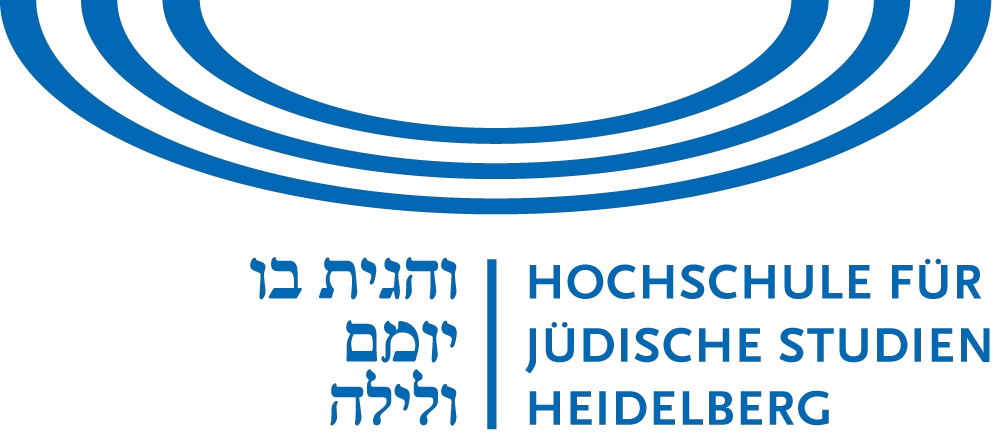A12 |
The Artist’s Presence. Medieval Artefacts with Artists’ Signatures |
current staff members
| akademische Mitarbeiterin | Mandy Telle, M.A. |

Das Teilprojekt A12 behandelt Artefakte, die Künstlersignaturen tragen, das heißt Inschriften und Vermerke, die ihre Produzenten nennen. Signaturen in Schriftform können von einzelnen Buchstaben und der bloßen Namensnennung bis zu längeren Texten reichen. Handschriften, Objekte der Schatzkunst und Tafelgemälde tragen ebenso Signaturen wie Glocken, Skulpturen und Kirchenportale; entsprechend wurden Signaturen in ganz unterschiedlichen Materialien und Techniken ausgeführt.
Signaturen sind Einschreibungen in ein Werk. Sie bezeugen die Anwesenheit eines Künstlers in der Vergangenheit und können ihm eine im Schreibakt realisierte, potentiell dauerhafte Präsenz verschaffen. Kernfrage des Projekts ist, inwieweit diese Präsenz in den liturgischen, politischen etc. Handlungen und Praktiken wirksam wird, in die die Artefakte als Träger der Signaturen eingebunden waren.
Die Forschung zu Signaturen hat sowohl eine breite Materialbasis gelegt als auch für zahlreiche Einzelfälle das Spannungsverhältnis von Künstlerstolz, Künstlerdemut und Jenseitsfürsorge erhellt. Oftmals unberücksichtigt blieben dabei die im Rahmen des SFB interessierenden materialen, topologischen und praxeologischen Dimensionen. Sie sind entscheidend für die hier vorgeschlagene Verschiebung des Erkenntnisinteresses von einer Fokussierung auf den Textinhalt hin zu Präsenzeffekten und Praktiken. Die Aufmerksamkeit gilt damit nicht mehr nur dem signierenden Künstler, sondern den signierten Artefakten als schriftbildlichen Medien und den mit ihnen verbundenen Praktiken. Ausgehend von plausiblen Handlungsszenarien stellt sich die grundlegende Frage, wie die Beziehung von Mensch und Objekt zu charakterisieren ist, wenn Letzteres den Namen seines Produzenten trägt und seine ‚Gemachtheit‘ deklariert.
Ein Schwerpunkt liegt auf Werken der Goldschmiedekunst. Mit ihnen können oft spezifische Praktiken und Handlungskontexte verbunden werden, denen ein hoher religiöser und/oder politischer Stellenwert beigemessen wurde, und die Fragen nach dem Umgang mit schrifttragenden Artefakten darin aufwerfen. Ihr meist kostbares, finanziell aufwändiges und potentiell semantisch aufgeladenes Material lässt in besonderer Weise nach der Effektivität von Schrift fragen.
Mit seinem Zugriff über die Produzenten ergänzt sich TP A12 mit TP A10, das sich mit Inschriften an antiken griechischen Statuen befasst. Beide Teilprojekte fragen nach der Bedeutung des Schreibens in der Produktion von Bildern und der Wahrnehmung von Bildern als Textträgern; da es sich bei den Texten in der griechischen Skulptur nicht selten um Signaturen handelt, analysieren beide aus der Perspektive bildwissenschaftlicher Disziplinen produktionsästhetische und rezeptionsästhetische Aspekte.


